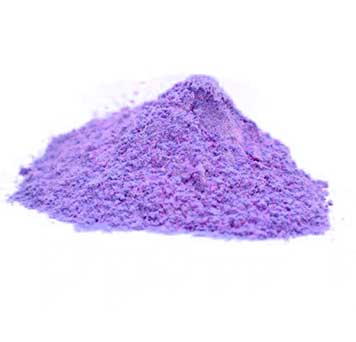
emulsifier e471
Understanding Emulsifier E471 An Overview
In the world of food additives, emulsifiers play a crucial role in enhancing texture, stability, and shelf life of various products. One of the most commonly used emulsifiers is E471, which is derived from glycerol and fatty acids. This article delves into the properties, uses, and safety aspects of E471.
What is E471?
E471, also known as Glycerol Esters of Fatty Acids, is a food additive categorized primarily as an emulsifier. It is created through the esterification process, where glycerol is combined with fatty acids. The resultant product helps keep ingredients dispersed evenly in food products, preventing separation and ensuring a smooth texture.
E471 can be derived from both animal and vegetable sources, which makes it a versatile ingredient. However, the specific origin of the fatty acids used in its production can vary, leading to different labeling considerations regarding whether a product is vegan or vegetarian.
Applications of E471
E471 is widely utilized in various food products, including baked goods, margarine, confectionery, and salad dressings. Its ability to improve texture and maintain emulsification is particularly valuable in creamy products where separation can spoil the desired consistency. Additionally, it helps stabilize emulsions, making it an essential ingredient in many sauces and dressings.
emulsifier e471

Beyond food, E471 can also be found in cosmetic products, where it serves as an emulsifier and stabilizer, improving the texture and consistency of creams and lotions.
Health and Safety
The safety of food additives, including E471, is of paramount concern. E471 has been assessed by numerous regulatory bodies, including the European Food Safety Authority (EFSA) and the U.S. Food and Drug Administration (FDA). These organizations have deemed E471 safe for consumption within established limits.
However, as with any additive, some individuals may experience sensitivities or allergies, particularly if the derivative source is animal-based. It is always advisable for consumers to read ingredient labels carefully, especially if they are adhering to specific dietary preferences or restrictions.
Conclusion
Emulsifier E471 serves as a vital component in a wide range of food and cosmetic products, ensuring texture and stability. While it is generally recognized as safe by regulatory bodies, awareness of potential dietary restrictions is important for consumers. As the food industry continues to innovate, the role of emulsifiers like E471 remains pivotal in enhancing the quality and consistency of our favorite products.
For those interested in maintaining a clean diet while enjoying processed foods, understanding additives such as E471 can lead to more informed choices. As the focus on transparency in food labeling grows, consumers are encouraged to educate themselves about the ingredients they consume, allowing for a healthier lifestyle.
-
nitrile-rubber-honoring-strict-production-standardsNewsAug.22,2025
-
aspartame-ingredients-honoring-food-safety-valuesNewsAug.22,2025
-
fertilizer-for-balanced-plant-nutritionNewsAug.22,2025
-
cyanide-gold-processing-with-high-purity-additivesNewsAug.22,2025
-
formic-acid-in-textile-dyeing-applicationsNewsAug.22,2025
-
aluminum-hydroxide-gel-in-skincare-productsNewsAug.22,2025
-
Regulatory Compliance for Global Mining Chemicals UseNewsAug.12,2025
Hebei Tenger Chemical Technology Co., Ltd. focuses on the chemical industry and is committed to the export service of chemical raw materials.
-

view more DiethanolisopropanolamineIn the ever-growing field of chemical solutions, diethanolisopropanolamine (DEIPA) stands out as a versatile and important compound. Due to its unique chemical structure and properties, DEIPA is of interest to various industries including construction, personal care, and agriculture. -

view more TriisopropanolamineTriisopropanolamine (TIPA) alkanol amine substance, is a kind of alcohol amine compound with amino and alcohol hydroxyl, and because of its molecules contains both amino and hydroxyl. -

view more Tetramethyl Thiuram DisulfideTetramethyl thiuram disulfide, also known as TMTD, is a white to light-yellow powder with a distinct sulfur-like odor. It is soluble in organic solvents such as benzene, acetone, and ethyl acetate, making it highly versatile for use in different formulations. TMTD is known for its excellent vulcanization acceleration properties, which makes it a key ingredient in the production of rubber products. Additionally, it acts as an effective fungicide and bactericide, making it valuable in agricultural applications. Its high purity and stability ensure consistent performance, making it a preferred choice for manufacturers across various industries.





